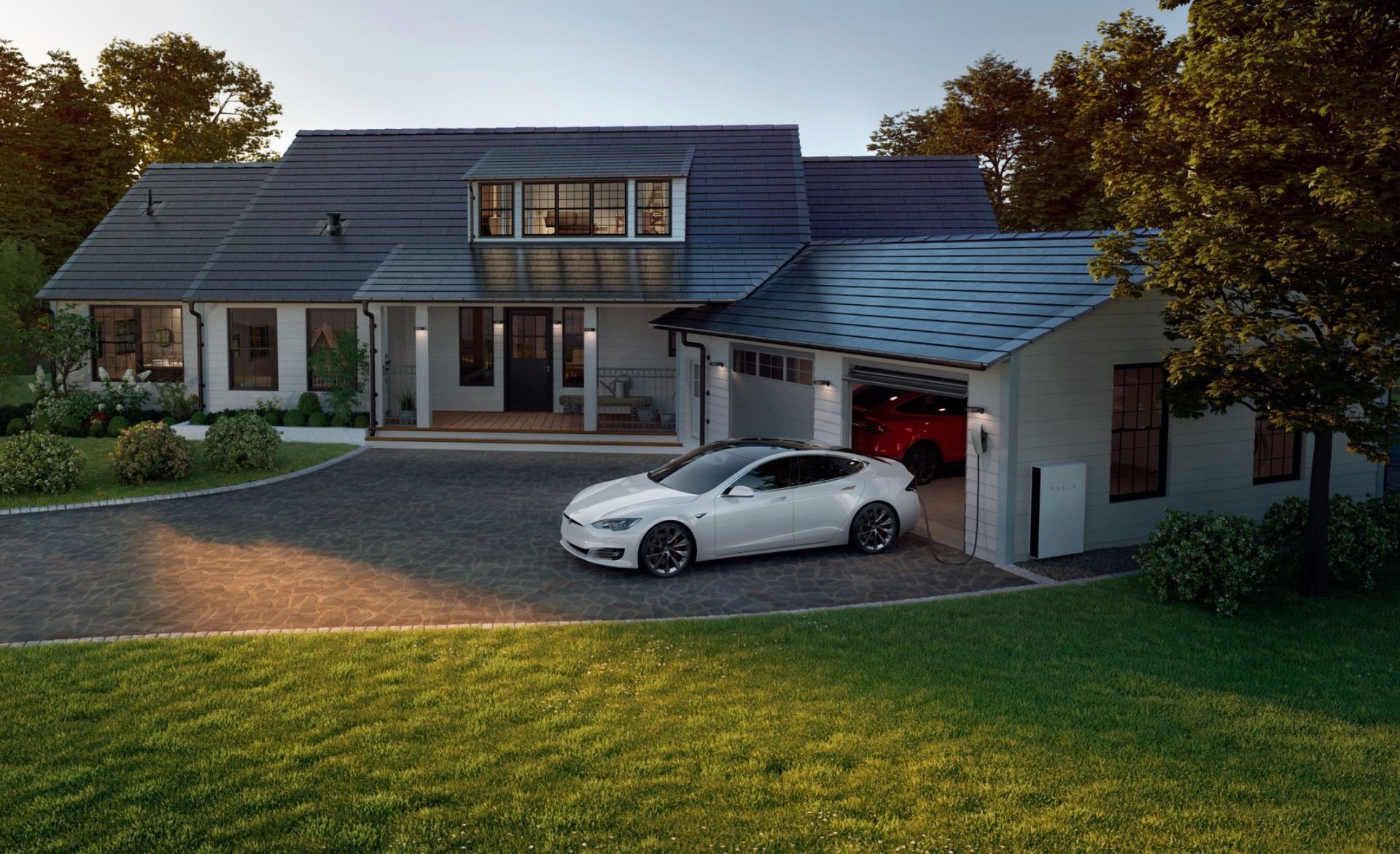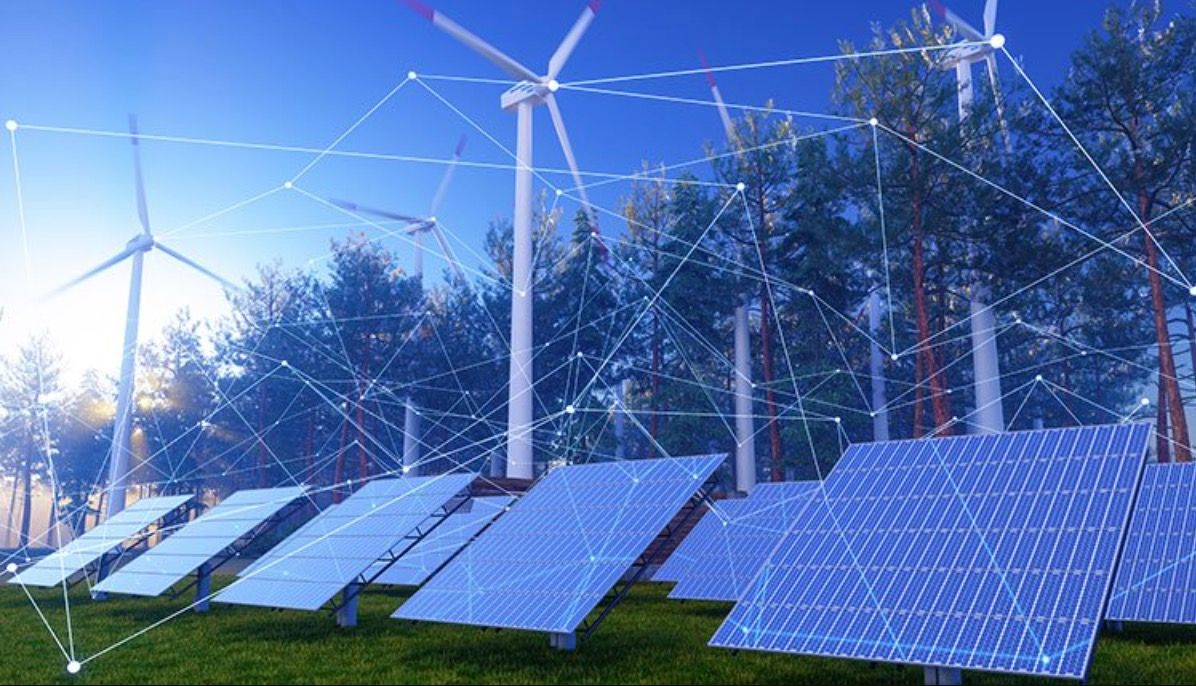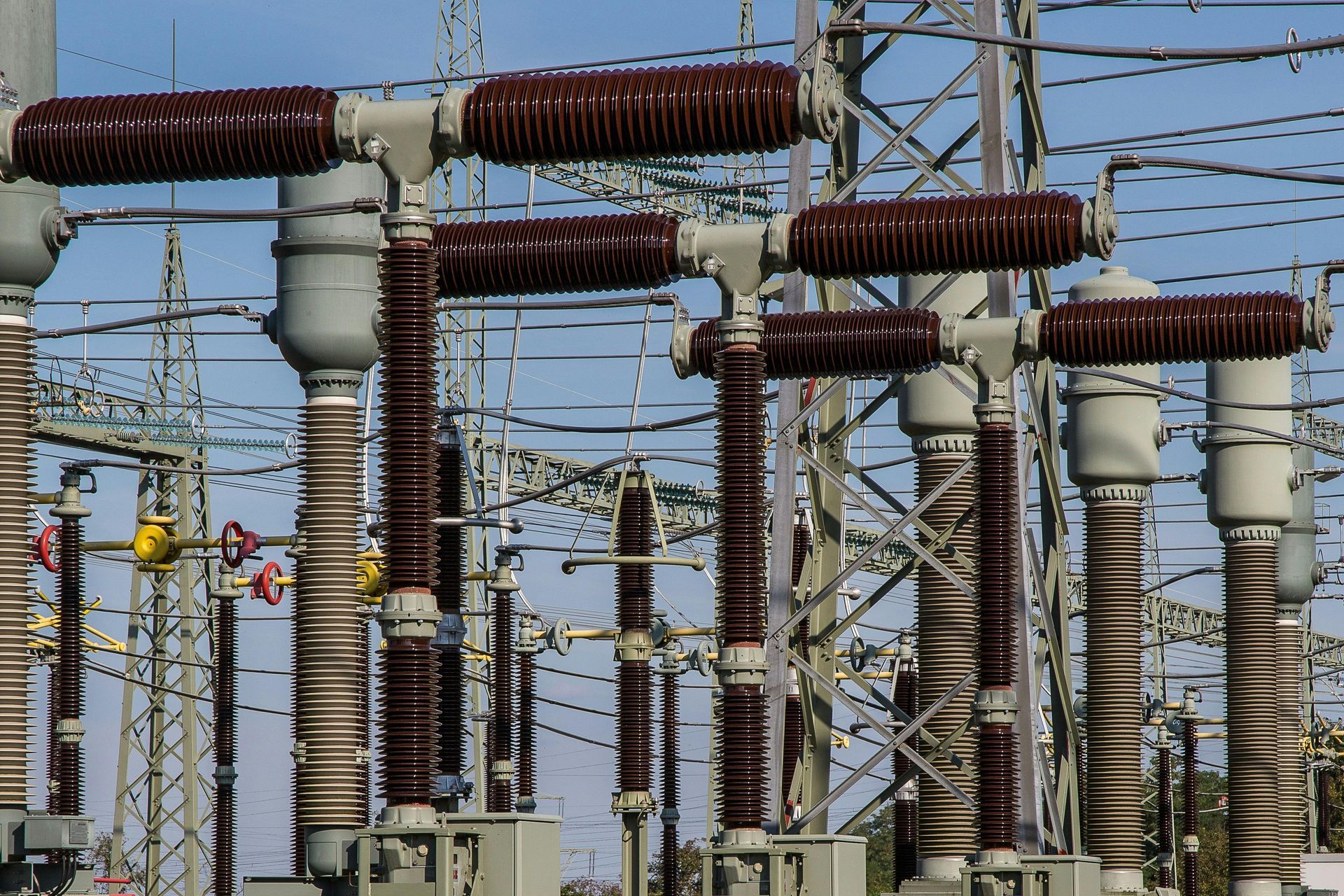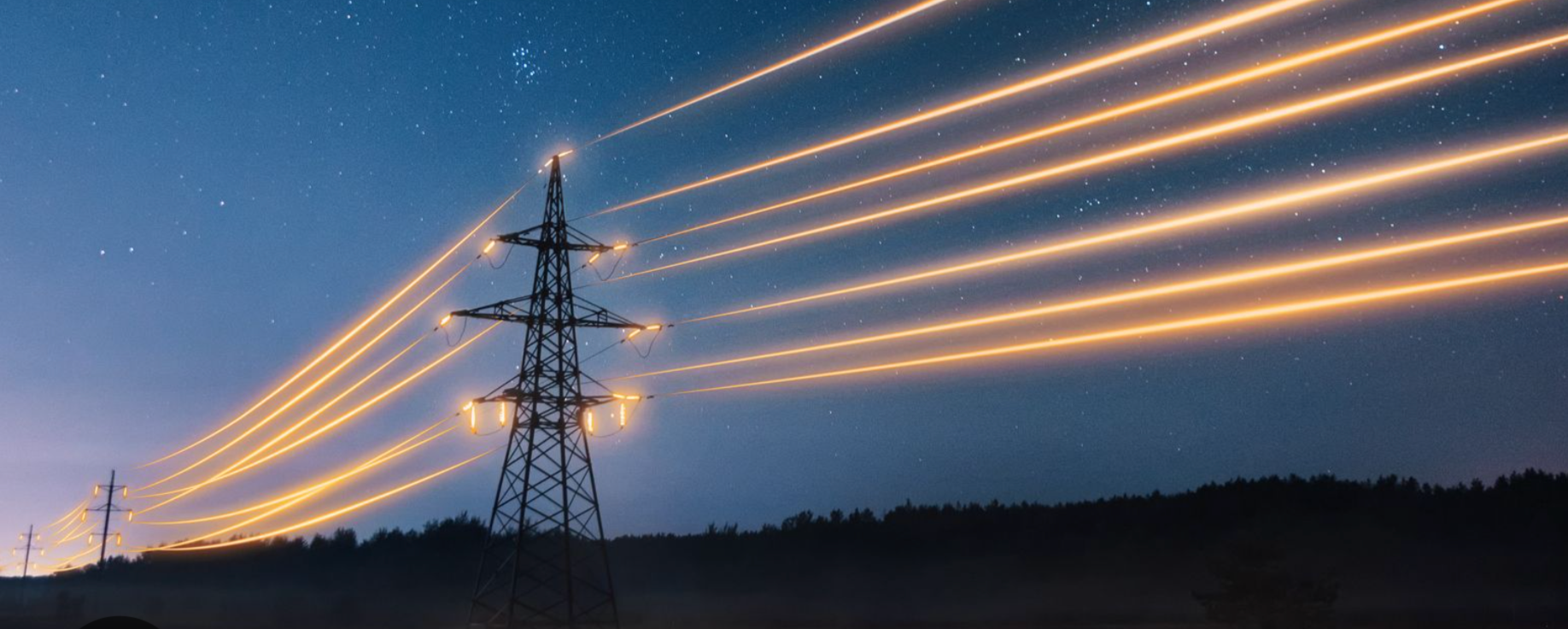What Is A Virtual Power Plant? Electricity On-Demand
The Virtual Power Plant Market
The virtual power plant market is expected to grow rapidly, reaching a revenue of USD 12,273.3 million by 2030. This growth can be attributed to factors such as the increasing acceptance of advanced technologies in the power industry, a focus on cost-effectiveness in power generation, ease of access to power through VPPs, and growing awareness of the benefits of renewable power. The demand response category is currently the largest segment of the market and is expected to continue to be so in the future, due to the direct benefits it provides to end consumers in the form of incentives for varying their power usage. Key trends in the industry include high investment in VPP installations and the fastest growth in the electric vehicles category. North America is currently the largest market for VPP solutions, driven by factors such as the growth of renewable power installations, expansion of smart grid networks, and increasing acceptance of grid balancing solutions.
Meanwhile, Tesla's California Virtual Power Plant (VPP) has seen quick growth, reaching over 5,700 homes from both PG&E and SoCal Edison customers by the end of 2022. According to LastBulb, the system was used in ten events between August and September 2022, and it contributed an estimated 577 MWh to the grid during these events. Each home that took part in the events contributed an average of 15 kWh to the grid, and the system was able to provide an estimated 84 MWh of potential backup energy per event. The system is expected to continue to grow and improve in the future, potentially providing a significant amount of energy to support the state's grid.

What Does A Virtual Power Plant Do?
A virtual power plant (VPP) is a system that combines the output of multiple distributed energy resources (DERs), such as solar panels and battery storage systems, to create a single, centrally controlled asset that can be used to generate electricity on demand. The VPP is typically controlled by a central management system that receives data from the individual DERs and uses it to optimize their output in real-time.
The idea behind a VPP is to create a decentralized power grid that is more resilient, flexible, and efficient than a traditional grid. By using distributed energy resources, a VPP can take advantage of small-scale generation and storage capabilities, allowing it to respond quickly to changes in demand or supply. Additionally, by using advanced control algorithms, a VPP can be used to balance supply and demand on the grid, reducing the need for expensive power plants and helping to improve overall grid reliability.
The working of VPP can be seen in three main components:
- The distributed energy resources (DERs), such as solar panels, wind turbines, and battery storage systems, that make up the VPP.
- The communications infrastructure, such as smart meters and wireless networks, that connects the DERs to the central management system.
- The central management system, which receives data from the DERs and uses it to optimize their output in real-time.
Overall, a VPP functions as a sophisticated tool to aggregate, manage and control distributed energy resources, enabling to optimize grid and energy services.
So, WHY Is The Term 'Virtual Power Plant' Used?
A virtual power plant (VPP) is called as such because it functions in a similar way to a traditional power plant, but it does not physically exist as a single, centralized facility. Instead, a VPP is a virtual system that combines the output of multiple distributed energy resources (DERs) in order to generate electricity on demand.
The term "virtual" refers to the fact that the power plant is not a physical entity, but rather a digital system that is created through the integration of various technologies such as advanced control algorithms, communication infrastructure, and software platforms. The distributed energy resources (DERs) that make up the VPP can be located in different places, and the power generated by them can be combined and dispatched centrally to provide energy services.

Virtual Power Plants Vs. Energy Cogeneration
Co-generation, also known as combined heat and power (CHP), is a process in which electricity and useful thermal energy (heat) are generated simultaneously from a single fuel source, typically through the use of a combustion engine or turbine. The heat generated by the engine or turbine is typically used for heating or cooling buildings, or for industrial processes.
Virtual power plants, on the other hand, are systems that combine the output of multiple distributed energy resources (DERs) to create a single, centrally controlled asset that can be used to generate electricity on demand. These resources could be a mix of power sources including, solar, wind, batteries and other energy storage. The distributed energy resources (DERs) that make up the VPP can be located in different places, and the power generated by them can be combined and dispatched centrally to provide energy services.
In short, both co-generation and virtual power plants aim to generate electricity and utilize the generated heat, but in the case of Co-generation, it happens in a single facility or equipment using a single fuel source. While in VPP, multiple sources of energy are combined to create a digital asset that can be controlled and dispatched centrally to provide energy services.

Are you looking for ways to support the grid and reduce your energy costs? Contact us for more information.











